-
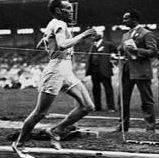
Look at the changes in results on some of the athletics track events at the Olympic Games in 1908 and 1948. What will the results be in 2012? This slightly more challenging activity encourages children to examine data and consider different kinds of influencing factors, and is designed to be accessible to primary pupils at Key Stage 2.
-
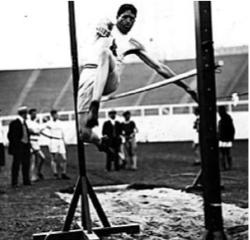
How do you compare to these results from Olympic Games in the past if you try similar running and jumping activities? This activity uses the history of the Olympic Games to introduce ideas about measuring time and distances in standard units, and is designed to be accessible to primary pupils at Key Stage 2.
-
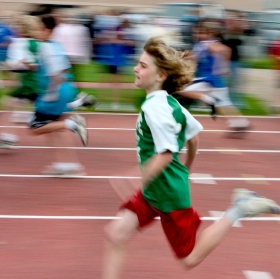
Who won in these different events? This is a more challenging activity for primary pupils at Key Stage 1, which helps children understand why sometimes the winner has the biggest number and sometimes the smallest.
-
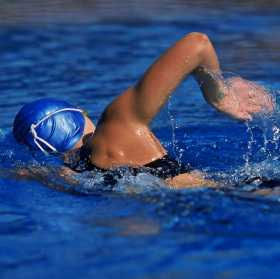
Do you think the triathlon will be won by someone who is very strong in one event and average in the other two, or someone who is strong in all three disciplines? This activity challenges students to analyse real-life data and use their knowledge of sport to explain what they notice, and is aimed at secondary maths students at Key Stage 4.
-
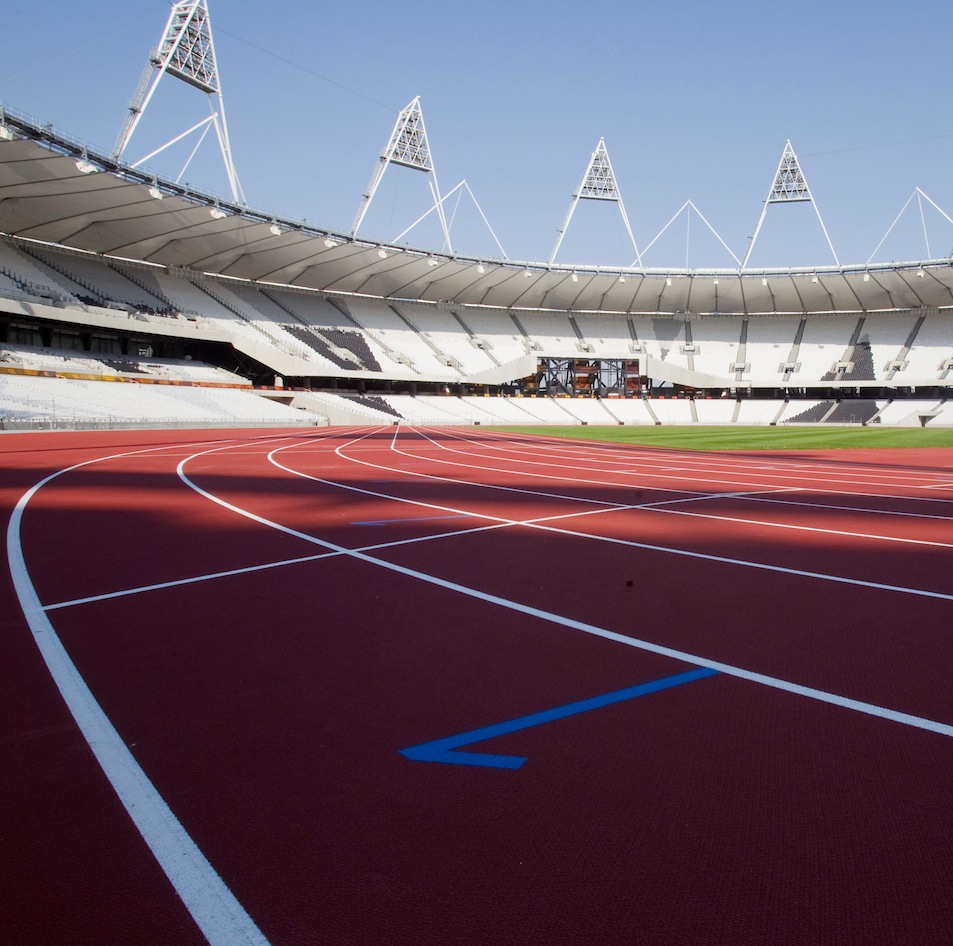
Take a look at the amazing limits that athletes push themselves to in search of Olympic glory. Which events see the fastest speeds, furthest distances and highest forces? This activity challenges students to undertake some research, calculate with measurements and different units, and make comparisons, and has a number of different parts aimed at students across both Key Stages 4 and 5.
-
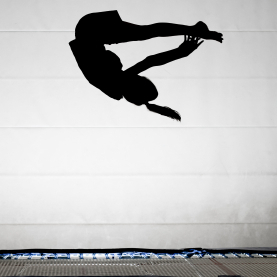
What angles can you see in these photos of Olympic sports? Can you estimate them? This challenging activity is aimed at older primary pupils at Key Stage 2.
-
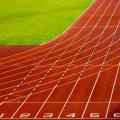
You are designing and marking out the running track for a new Olympic stadium. Where should the staggered starting positions be marked for the 200m and 400m events? This activity is aimed at Key Stage 4 students (age 14-16).
-
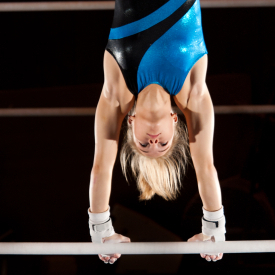
These 10 questions encourage students to explore mathematical modelling in the context of several different sports including track and field athletics, shooting, football, tennis, basketball and gymnastics. This activity is designed to be accessible to A-level mechanics students (Key Stage 5).
-
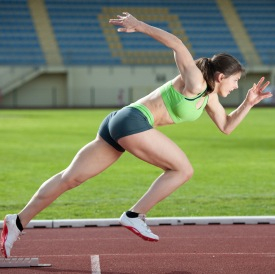
Runners and cyclists can tolerate heat and cold but the thing they dislike most is wind. They know it produces slower lap times on loop courses. John Barrow sees whether mathematics can provide the answer why in this short article aimed at older students and general readers.
-

The triathlon is a physically gruelling challenge. Can you work out which athlete burnt the most calories? This activity provides a real-life context for working with proportionality, speed, rates, and units of measurement and is aimed at Key Stage 3 students (age 11-14).

